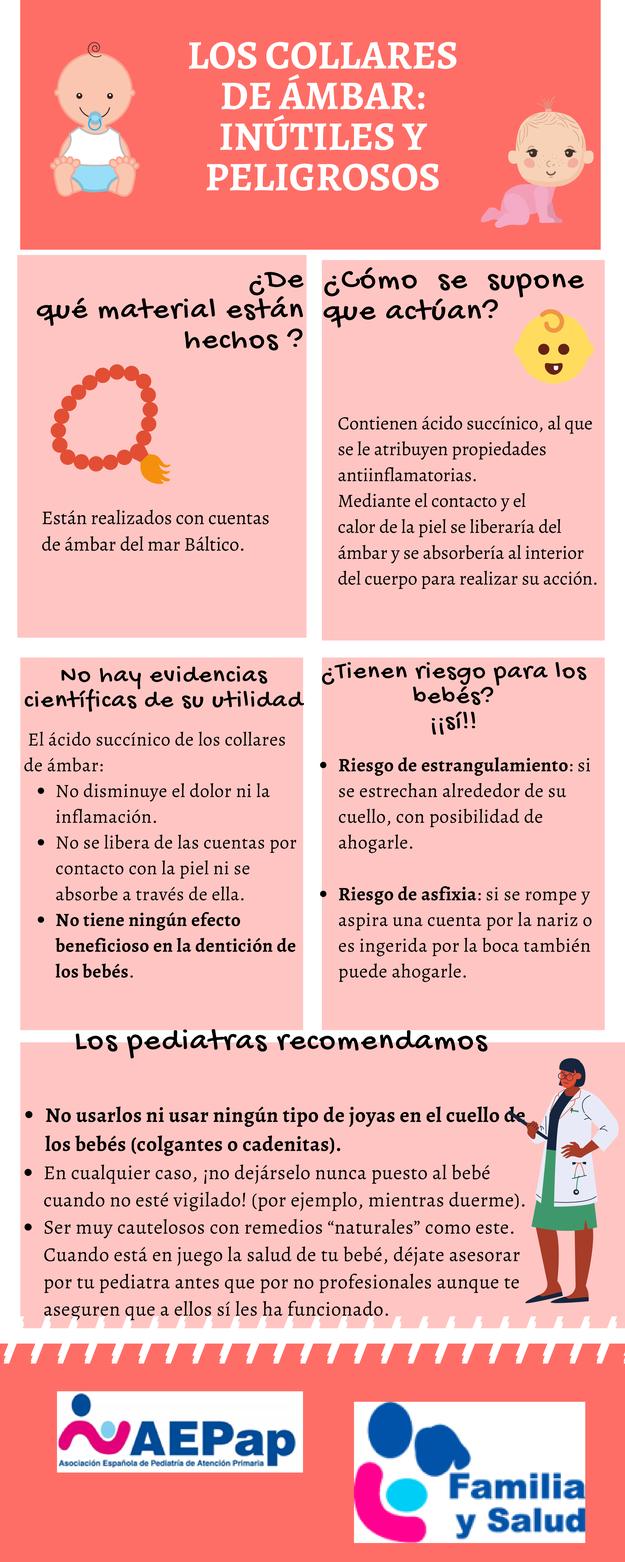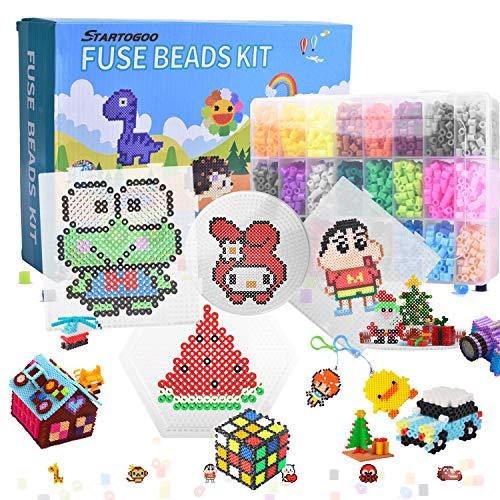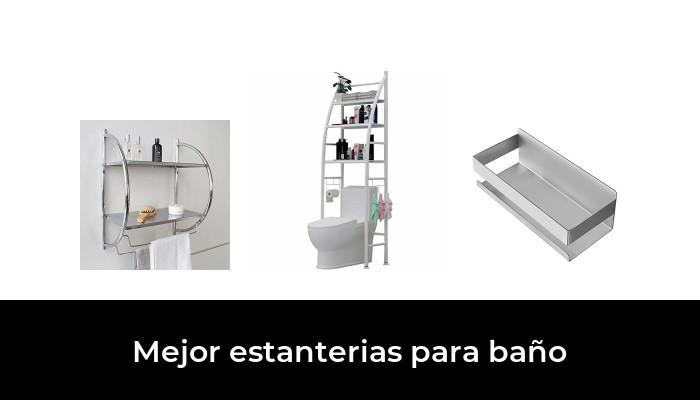In the United States, an 18-month-old baby has been strangled to death by the teething necklace he was wearing while sleeping. In response, the FDA (the Food and Drug Administration) has issued an alert to parents, caregivers and health care providers about the serious risks and no benefits of these necklaces, which are often used to supposedly relieve headaches. teething They are also used, much less frequently, to stimulate the senses of people with special needs such as those with autism or attention deficit hyperactivity disorder.
The recent death of this baby is not an isolated case, more cases of babies killed or injured by the use of teething jewelry have been documented. In fact, the FDA has also received recent reports of babies being injured as a result of wearing this jewelry. This was the case of a 7-month-old baby who choked on the wooden beads of a teething bracelet. Fortunately, she was able to save her life at the hospital.
The naive use of these necklaces to "relieve" teething symptoms in babies is not limited to the United States. In Spain, they have been used for more than 10 years, with periods of greater and lesser popularity. Although authorities such as Consumer Affairs have withdrawn these products on multiple occasions (from pharmacies, parapharmacies, childcare stores, herbalists...) due to their dangers, these jewels for teething are very easy to obtain. Right now, a quick search on the Internet is enough to find a multitude of stores that sell jewelry for teething babies in our country. In most cases they are advertised as "amber" necklaces although, in reality, most of them are usually made of a plastic called polystyrene that simulates the appearance of amber.
The stores that offer these necklaces in babies usually promote them as a way to facilitate the teething process, relieving pain and fatigue. The explanations for the alleged mechanisms of action of these jewels are very varied: electromagnetism, succinic acid... In addition, the advertising of these products resorts to the typical hooks such as "natural properties" or "use since ancient times". Here is a representative example of advertising for these products:

"Amber necklaces have been used since time immemorial as a natural pain reliever to relieve teething discomfort. Place it close to your baby and see how it helps, because of its natural properties. Wearing an amber necklace helps calm babies. It has been used since ancient times, because it works. The reason? There are studies that associate the analgesic properties of amber with succinic acid found in this fossilized resin."
How To Treat Diverticulitis Diet, Flare Up, Recipes https://t.co/ltxyEASqlI https://t.co/Py9dmTns84
— womaneasy Sun Feb 07 07:23:44 +0000 2021
In reality, all of the above is pure invention and empty talk. There is no mechanism or any health or teething benefit behind this jewelry. First, because plastic necklaces do not contain any succinic acid. Second, because even among the necklaces that are made of amber, not all of them have succinic acid in an appreciable percentage. Even if they do have this succinic acid in a higher percentage, as is the case with amber from the Baltic Sea, for it to be released from the amber there should be quite high temperatures that body temperature does not provide.
Furthermore, in the unlikely event that succinic acid were released, the skin would act as a barrier and not allow it to pass through to have any effect. On the other hand, there is absolutely no scientific study showing that succinic acid has any analgesic effect. In fact, from certain concentrations, it can be irritating to the skin, the respiratory system and the eyes.
Despite the above, and the obvious risks for babies, parents convinced of the benefits of these collars can be found in different parenting forums, praising their use. Pediatricians in Spain have repeatedly warned about the risks of teething necklaces. However, they are reluctant to disappear from our country in the face of desperate parents who do not know what to do to calm their babies.
As options for this very common baby problem, the American Academy of Pediatrics recommends the following measures to relieve teething pain: Rub the swollen gums with a clean finger or use a rubber teething ring so the baby can bite on it with tranquillity. On the other hand, the use of creams, benzocaine gels, sprays, solutions, ointments and pills for mouth and gum pain due to teething in babies and children under two years of age is not recommended.


![48 Best Android Cleaner in 2021 [Based on 64 Expert Opinions] 48 Best Android Cleaner in 2021 [Based on 64 Expert Opinions]](https://website-google-hk.oss-cn-hongkong.aliyuncs.com/drawing/article_results_6/2022/2/27/5c2b79653ce3635302c7c41562392930.jpeg)